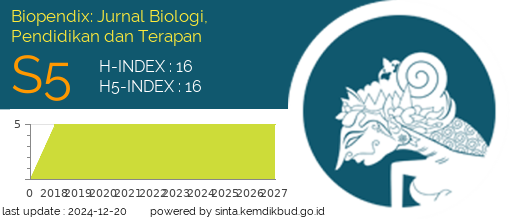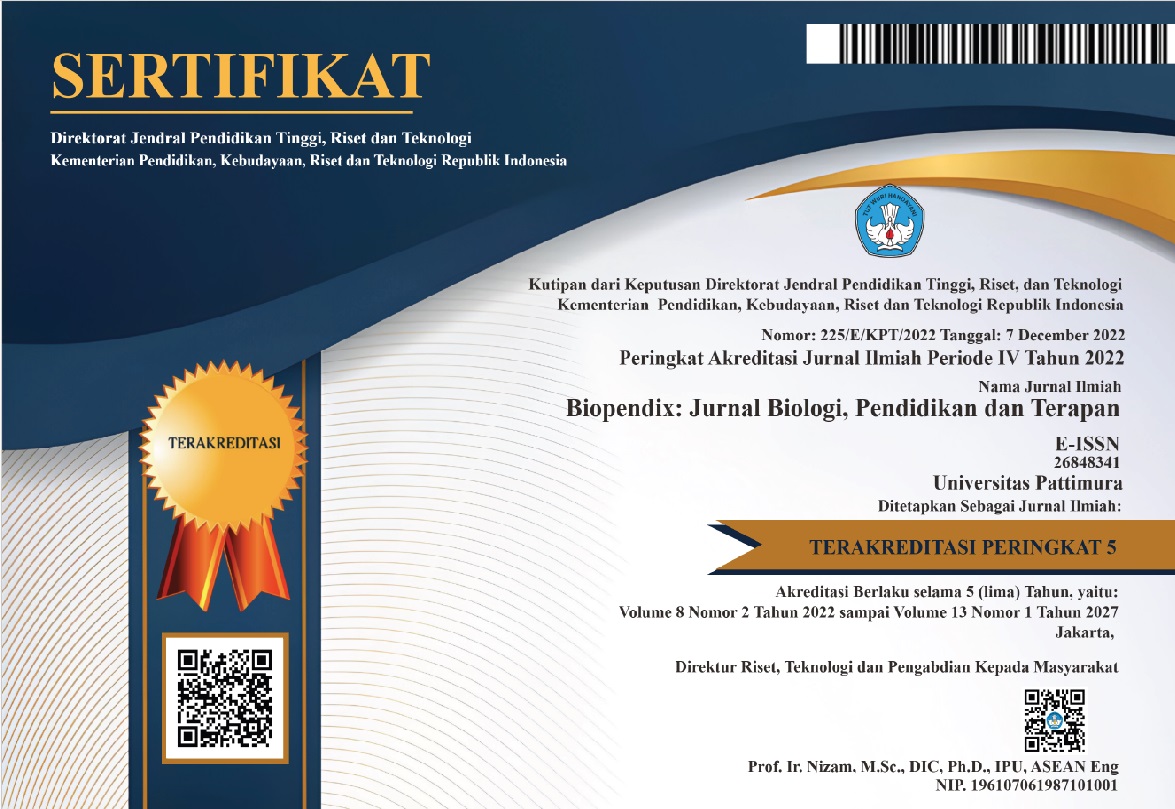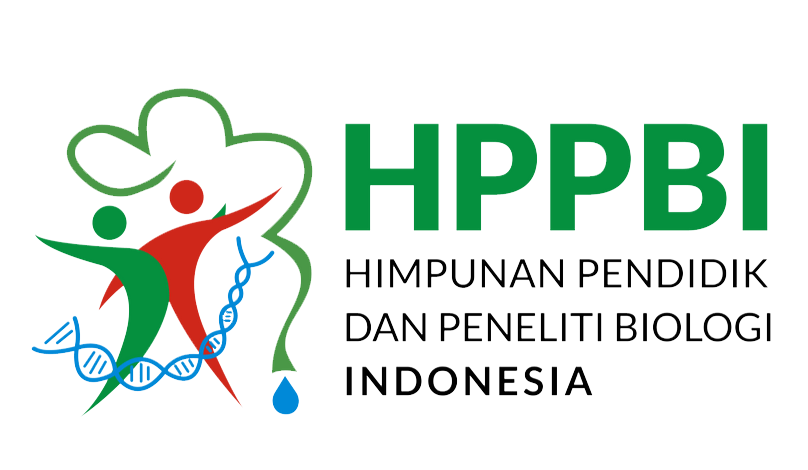PERILAKU PEMIJAHAN TERIPANG PASIR (HOLOTHURIA SCABRA) BERDASARKAN FAKTOR LINGKUNGAN (SUHU) DI DESA OHOI LETMAN KECAMATAN KEI KECIL KABUPATEN MALUKU TENGGARA
Abstract
Background: Sea Cucumber (Holothuria scabra) is one of the export commodities from fisheries sector which has decreased production and resource conservation. Spawning sea cucumbers as a first step in the provision of seeds on the cultivation that has been successfully done naturally, but the frequency of spawning is still very low.
Method: Treatment of mother of sea cucumber which is selected and taken as sample which is 8 tail and have always active behavior. Mother of sea cucumber then selected by length and weight of sea cucumber.
Result: Spawning behavior displayed by sea cucumbers during spawning based on environmental factors (temperature) by raising the temperature (boiling) seawater or temperature shock. So at an initial temperature of 27 ° C the behavior of sea cucumbers looks very active. Then with an interval of ± 30 minutes the temperature increased to 28 ° C, seen the behavior shown that the sea cucumbers do the process of elongation of the body, so that the sea cucumber looks different from before
Conclusion: Male breeding spawning on the back of the body (posterior), the mother cucumber raises the height of the head or the front of the body (anterior) which visible a bulge that then removes the sperm that looks like white smoke in the water. With an interval of 10 minutes a female parent appeared to be in the same temperature and the same breeding method the mature female was removing the egg.
Downloads
Authors who publish with BIOPENDIX: Jurnal Biologi, Pendidikan dan Terapan agree to the following terms:
- Authors retain copyright and grant the journal right of first publication with the work simultaneously licensed under Creative Commons Atribution-ShareAlike 4.0 International License (CC BY-SA 4.0) that allows others to share the work with an acknowledgment of the work's authorship and initial publication in this journal.
- Authors are able to enter into separate, additional contractual arrangements for the non-exclusive distribution of the journal's published version of the work (e.g., post it to an institutional repository or publish it in a book), with an acknowledgment of its initial publication in this journal.
- Authors are permitted and encouraged to post their work online (e.g., in institutional repositories or on their website) prior to and during the submission process, as it can lead to productive exchanges, as well as earlier and greater citation of published work.





 2
2







